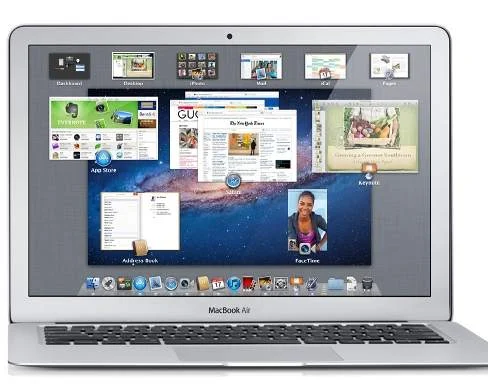Apple is reportedly eyeing a post-x86 future as it prepares to merge iOS and Mac OS X into a single unified platform.
According to Jefferies & Co analyst Peter Misek, the inevitable transition is likely to begin in 2012 with a new MacBook Air featuring Apple’s next-gen A6 processor, which will also power future iterations of the iPad and iPhone.

“We believe Apple is ready to start sampling the A6 quad-core app processor and will be the first to such multi-device platform capable of PC-like strength,” Misek wrote in an industry note cited by AppleInsider.
Nevertheless, Cupertino will probably retain Intel x86 processors for the majority of its Mac lineup – MacBook Pro and desktops – until 2016.
“Our preliminary view is that Apple can use a 32-bit ARM architecture to address the vast majority of the OS X ecosystem’s needs in 2012-13 except for high-end professional devices,” Misek explained.
“When 64-bit ARM is available in 2016, we believe Apple will have a single OS and hardware architecture.”
Reports of Apple moving away from x86 architecture and towards a RISC-based future have multiplied over the past year, with sites like SemiAccurate stating the transition is already a “done deal.”
“Intel is out, and Apple chips are in. The only question left is if they will use their own core, a Samsung core, or the generic ARM black box,” tech guru Charlie Demerjian wrote in May 2011.
“My bet is on generic for the first round, with a custom uncore, and moving to progressively more proprietary features with each successive generation.”
However, Silicon Valley chip expert David Kanter believes Apple won’t switch its laptops to ARM anytime soon. Yet, Kanter does acknowledge that eventually unifying three major platforms (computers, tablets and phones) would make it far easier for developers to target Apple platforms.
“In some ways, this might be the most sensible, since expanding the iOS installed base would help Apple create a more attractive market for developers compared to Android and could facilitate tying the iPhone to other Mac products. [Remember], Apple has few attachments to x86 and would not hesitate to shift to a better alternative,” Kanter wrote in a RealWorldTech analysis.

“[Yet], there are no ARM designs [to] meet Apple’s needs for performance and efficiency in the next two or three years. Even if there was, it is hard to see how such a design would be substantially better than AMD’s offerings. Over 5-10 years though, many of the technical and business hurdles may change. The ARM ecosystem is moving forward at a rapid pace, and Apple is watching carefully.”
Kanter also opined that Cupertino may be planning to design a hybrid x86-ARM system at some point in the near future.
“There are a number of ways putting ARM near a computer could be quite interesting and valuable… For example, Apple could include an ARM core in future notebooks for ‘instant-on’ web browsing while the computer is booting – something done in certain Dell and HP models. A [further] extension of that idea would be an update to OS X with an iOS emulator and maybe a co-processor for future hardware.”






